In the world of electronics and circuit design, soldering is a fundamental skill. It connects components securely, ensuring devices function properly. However, soldering produces fumes that are not only unpleasant but can also be harmful if inhaled over time. Investing in a good fume extractor is crucial for maintaining a healthy workspace, but commercial options can be expensive. Enter the DIY solution: creating your own powerful solder fume extractor. This guide outlines the steps to construct a 6.7 fan-powered smoke absorber that will revolutionize the air quality of your soldering station, all without breaking the bank.
### Understanding the Importance of Fume Extraction
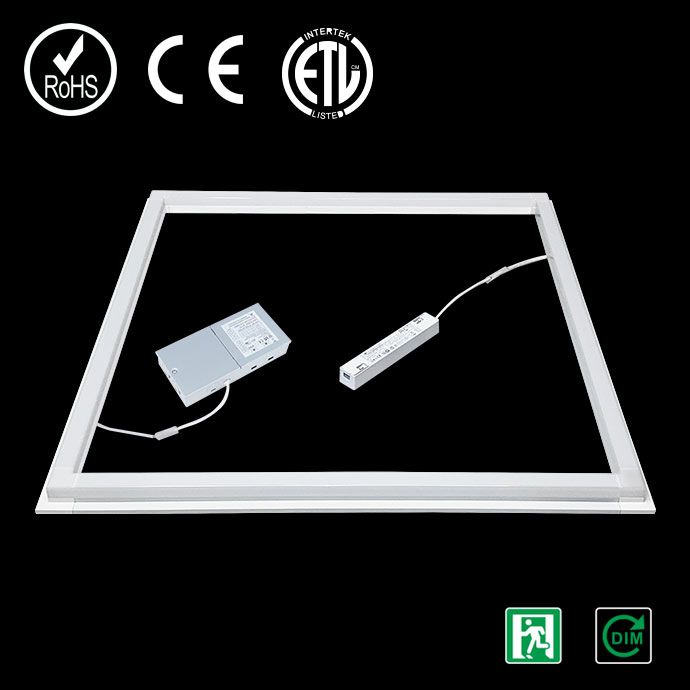
Soldering involves melting a combination of metals to connect electronic components. The flux used in soldering emits fumes that contain irritants and potentially harmful substances like lead, especially if you're using lead-based solder. These fumes can cause respiratory problems over time. A solder fume extractor mitigates these risks by capturing and filtering out harmful particles from the air.
### Gathering Your Materials
To build an efficient and budget-friendly solder fume extractor, gather the following materials:
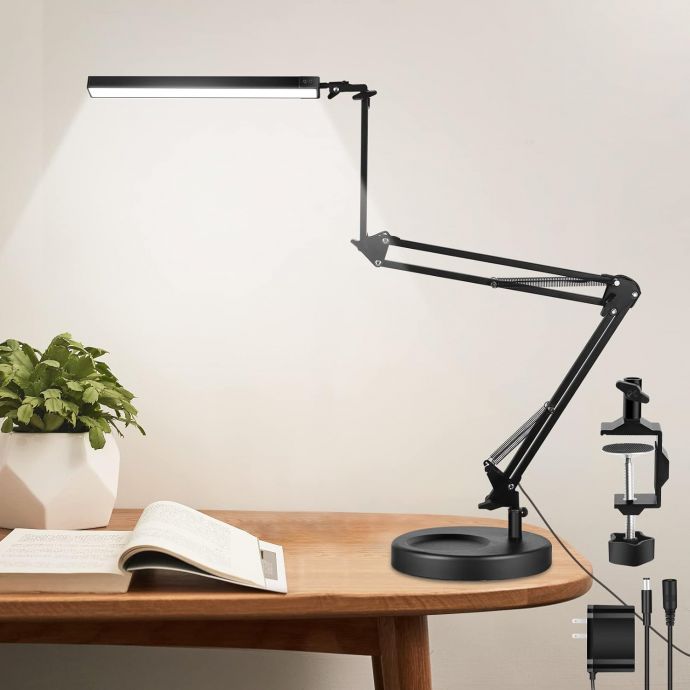
1. **A 6.7-Inch Cooling Fan**: This is the core component, providing the airflow necessary to capture solder fumes effectively. PC cooling fans are affordable and can be easily repurposed for this project.
2. **Activated Carbon Filters**: They are essential for absorbing fumes and filtering out harmful particles. These can be purchased as pre-cut sheets or as part of air purifier units.
3. **Plywood or Acrylic Sheets**: These materials will be used to construct the housing for the fume extractor. You can choose based on availability or aesthetic preference.
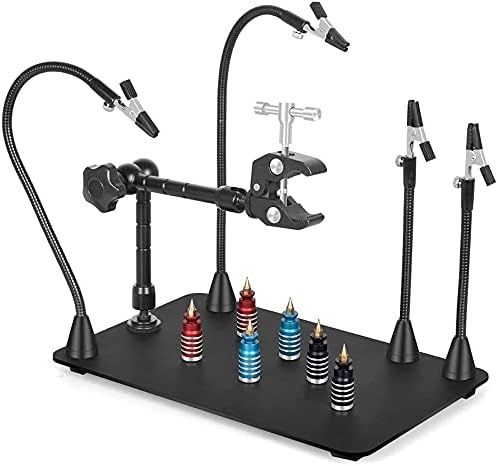
4. **12V DC Power Adapter**: Ensures your fan operates smoothly. Make sure the voltage and current ratings match your fan’s requirements.
5. **Wire and Solder**: For connecting the power supply to the fan.
6. **Switch**: A simple on/off switch to control the fan.
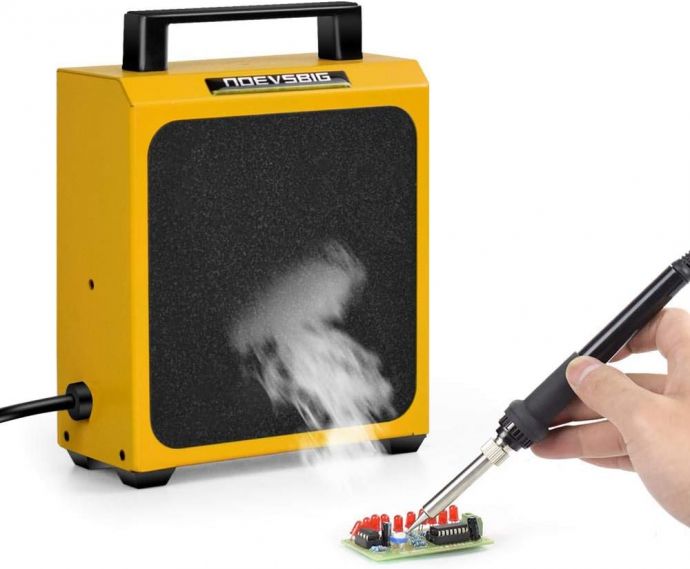
7. **Screws and Nuts**: To assemble the housing.
8. **Foam Weather Stripping**: Useful for sealing any gaps in the housing to maximize efficiency.
9. **Paint or Finish (optional)**: For those who want to add a finishing touch and protect the surface of the housing.
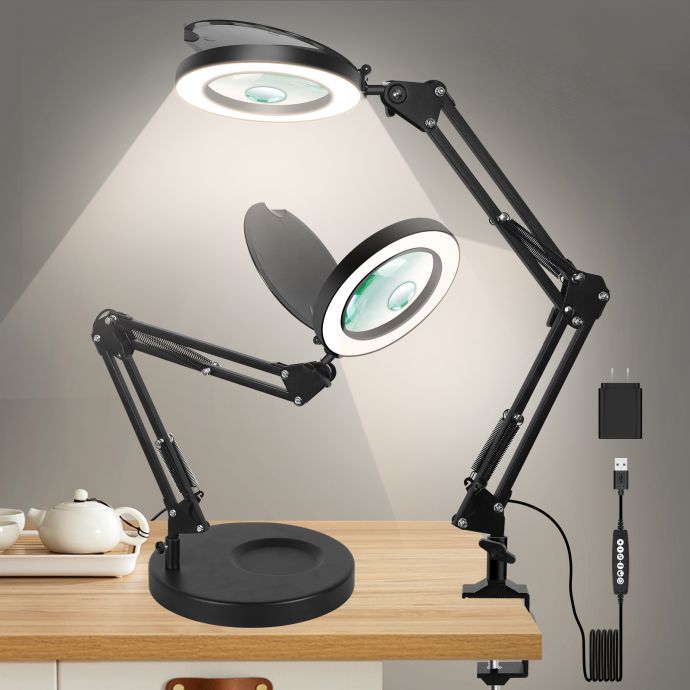
### Construction Process
#### Step 1: Design the Housing
Start by designing the housing that will encase the fan and filters. The housing will focus the air through the filters, providing efficient fume extraction. Measure the dimensions of your fan to ensure a snug fit. The housing generally consists of three compartments: one for the fan, one for the filters, and a space for airflow.

### Step 2: Cut the Materials
Using your measurements, cut the plywood or acrylic sheets. You’ll need pieces for the front, back, and sides of the housing. The front panel should have a circular cutout that matches your fan’s diameter, allowing maximum airflow into the filter section.
### Step 3: Assemble the Housing
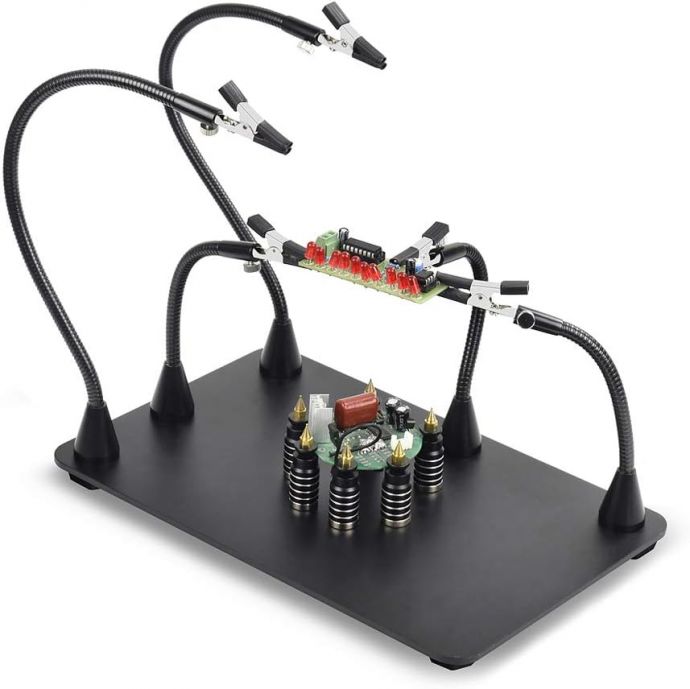
Join the cut pieces using screws and nuts. If possible, pre-drill the holes to prevent the material from splitting. Ensure that the housing is sturdy and airtight, with foam weather stripping applied along the edges to seal any gaps.
### Step 4: Mount the Fan
Secure the fan inside the housing. The direction of airflow is critical—make sure the fan pulls air through the intake, across the filters, and out the back. Fasten the fan using screws, ensuring it is stable and vibration-free.
### Step 5: Install the Filters
Place activated carbon filters in the path of the airflow inside the housing. Depending on the thickness of your filters, you might be able to fit multiple layers for enhanced filtration. Make sure they are tightly fixed so air cannot bypass them.
### Step 6: Establish Electrical Connections
Connect the fan to the power source. Solder wires of appropriate gauge to the fan terminals and attach them to the switch, then connect the switch to the 12V adapter. This setup allows you to control the fan with ease. Tape or heat-shrink tubing over soldered joints to prevent short circuits.
### Step 7: Final Assembly and Test
Once everything is connected, close up the housing and perform a test run. Check for air leaks and ensure the fan operates smoothly. If all is well, consider painting or finishing the housing for additional protection and aesthetic appeal.
### User Tips and Maintenance
- **Positioning**: Place your fume extractor as close to the soldering point as possible for maximum efficiency. The closer it is, the more fumes it can capture before they disperse.
- **Regular Filter Replacement**: Activated carbon filters lose efficiency over time. Regularly check them and replace when they become saturated or if the efficacy seems reduced.
- **Cleaning and Care**: Dust and debris can clog the fan and reduce airflow. Clean your extractor periodically to maintain performance.
### Enhancing the Design
For DIY enthusiasts looking to take their fume extractor to the next level, consider adding features such as LED lights for better visibility of the workspace or a variable speed controller for adjustable airflow strength based on the task at hand.
Through this project, you're not only improving your soldering station’s air quality but also honing your DIY skills. Creating a custom solution tailored to your needs is fulfilling and ensures a safer and more comfortable working environment. With the right materials and a bit of ingenuity, your soldering sessions can become healthier, more efficient endeavors.









